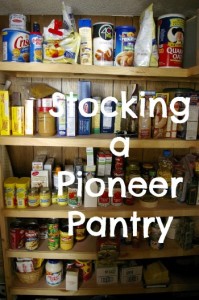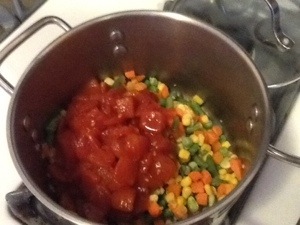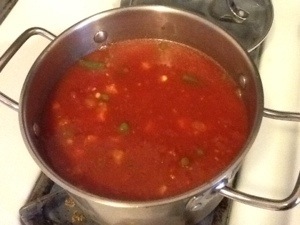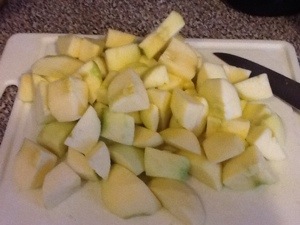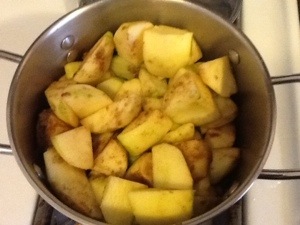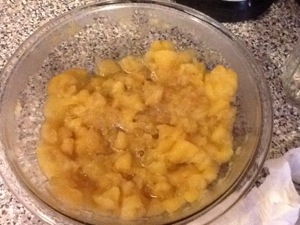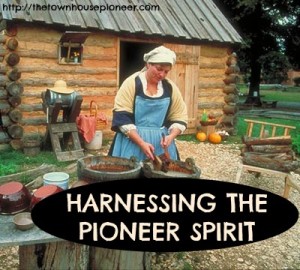 This morning, while sitting at our kitchen table with snowstorm #54950 of the year beating down on our house, my husband and I talked about my business (because what else do you do at 9:00 in the morning, knowing you have no where else to go). While my business isn’t successful by traditional (read: financial) measures, it is moderately successful. It has good traction and support, and it’s been around for just about 18 months. Not bad for something that I created out of my head on a whim.
This morning, while sitting at our kitchen table with snowstorm #54950 of the year beating down on our house, my husband and I talked about my business (because what else do you do at 9:00 in the morning, knowing you have no where else to go). While my business isn’t successful by traditional (read: financial) measures, it is moderately successful. It has good traction and support, and it’s been around for just about 18 months. Not bad for something that I created out of my head on a whim.
Please don’t be mistaken. Most days, I’m not that confident about what I do. I’m pretty sure I’m usually a week away from scrapping the whole thing and going back to work in traditional employment. I have to battle the voices in my head that tell me I have no business running a mentoring program or working for myself. I wallow in self-pity. Many days I berate myself that I don’t do enough, that I implement ideas too slowly, or that I fail at x, y, and z. Living in my head is a good time, let me tell you.
Yet, despite all of that, I still get up every day, look at my to-do list, and keep working anyway.
To me, that’s the epitome of the pioneer spirit.
The pioneers didn’t have it easy. They had to sow and plow land that didn’t always yield the crops necessary to feed their families or take to town to earn money. They had to build homes from scratch and maybe it took longer than necessary so they slept outside or in half-finished cabins. They had to hunt for meat and there might not have been enough game. They endured hardships like floods, disease, the death of family members. Getting to their destination took longer than necessary. They ran out of supplies. They encountered thieves. Raw materials cost more than they had.
But despite all of that, they didn’t quit. They pressed on down the Oregon Trail, forged rivers, took detours or settled where they hadn’t planned. They planted crops again. They bartered and traded labor with neighbors. They mourned their losses but picked the pieces up and continued. They did what they needed to do to survive, and they did it because they had to. Quitting was not an option.
Quitting meant they starved or died. Quitting meant they had to watch others succeed, knowing that that success could have been theirs if only they’d tried harder. Quitting meant having to live with failure. Quitting meant giving up independence. Quitting meant saying “I can’t”.
No one wants that. Even today.
And that’s good news.
I think there’s that pioneer spirit in all of us. We all have a desire to be successful in whatever path or paths we choose. Even on the days it seems too hard and we want to give up, we don’t. We press on, creating new to-do lists, reevaluating priorities, and forming new plans. We ask for support or help. We research new ways to approach whatever it is we’re trying to do. We go to our full-time job and work on our side hustle for as long as it takes. We read books, blogs, and take webinars. We never stop learning or improving.
Because when you’re meant to do something, you want to do it the best you can and giving up on your dream or calling isn’t going to happen.
Just like the pioneers. They felt moving westward was their calling, their purpose. And they kept doing it despite setbacks and financial failures.
We all have that ability. All of us can harness the pioneer spirit of dedication and determination to create a life we want, whatever that life looks like. As long as we try our hardest.
And never, ever quit.
How do you find your inner pioneer spirit?
